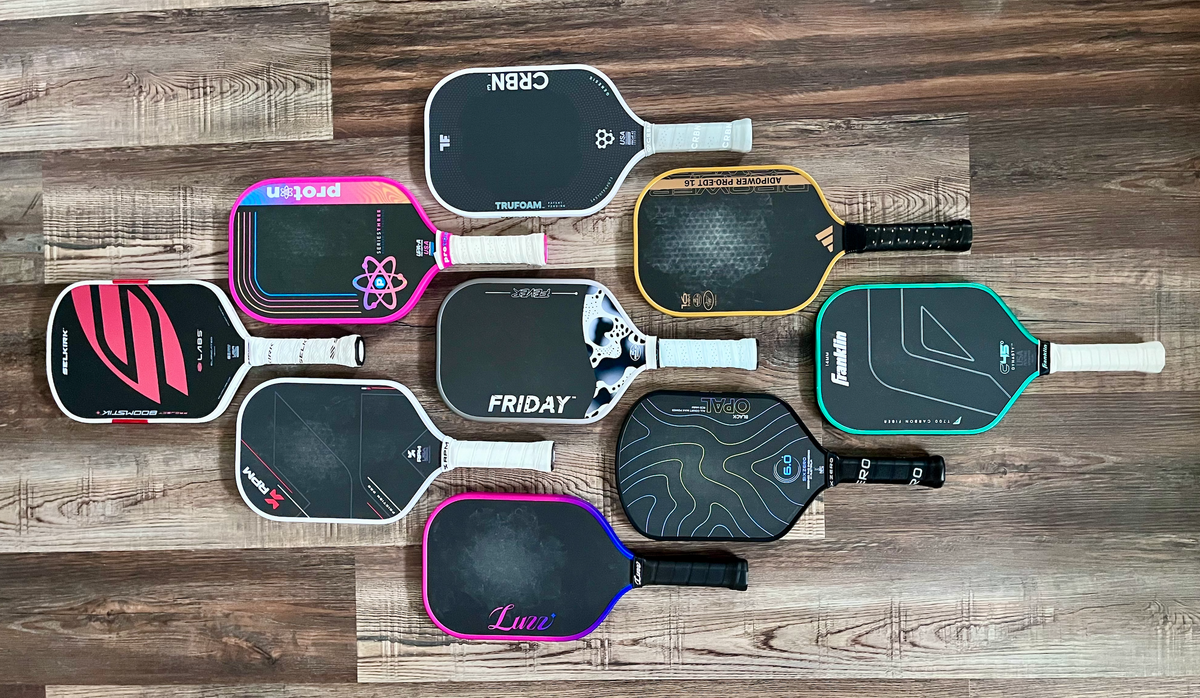By Mark Peifer, USA Pickleball Certified Referee; Past Chairman, USA Pickleball Rules Committee
QUESTION: I don’t understand why, after I hit a volley for a clean winner, I can’t enter the Non-Volley Zone (NVZ) even after the ball is dead. That doesn’t make sense to me. Can you explain why?
ANSWER: This question examines the purpose of the NVZ momentum rule, Rule 9.C, and why it is important.
The momentum rule (Rule 9.C) is in place to help maintain player safety. Here’s why: Let’s say your opponent across the net hits a low, lazy lob over the net. You see a great opportunity to time your leap from outside the NVZ, and smash the ball down toward your opponent’s side of the net. Your momentum from that smash could have you end up just short of the net on your side, if there wasn’t a rule preventing it.
Recall that the ball is dead when it touches your opponent (Rule 7.H). Therefore, the premise of the NVZ, as a safety barrier, would be lost if you were allowed to run and jump up to hit that lazy lob and indiscriminately smash the ball and hit your opponent. The sport’s originators did not want players smashing the ball down at opponents a mere 3 feet or less from the net. That is why the momentum rule was written: to prevent smashes close to opponents. And that’s why it can be called after the ball is dead. The NVZ and the momentum rule play a very important part in maintaining the safety of players.
Source: The PicklerAnuncie Aqui / Advertise Here
Sua marca para o mundo Pickleball! / Your brand for the Pickleball world!

 English
English  Spanish
Spanish  Portuguese
Portuguese  German
German  Italian
Italian  Japanese
Japanese  French
French  Polish
Polish  Russian
Russian  Netherlands
Netherlands  Hungarian
Hungarian  Turkish
Turkish  Videos
Videos  The Pickler
The Pickler








 English (US) ·
English (US) ·  Portuguese (BR) ·
Portuguese (BR) ·